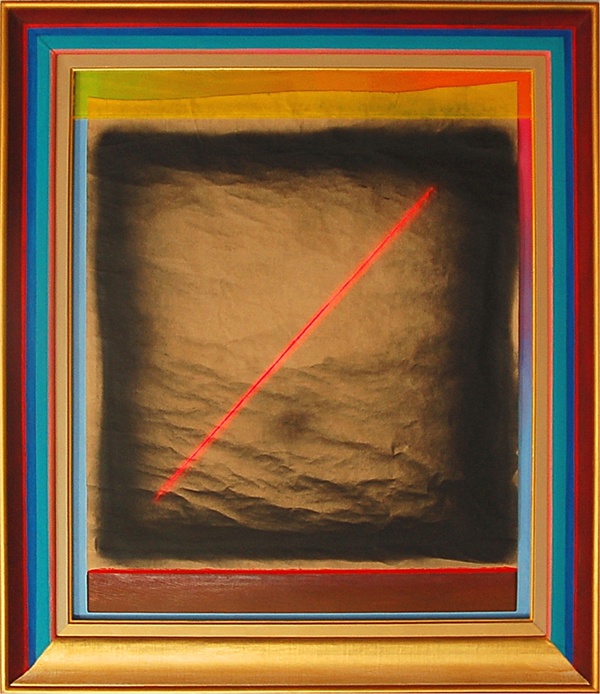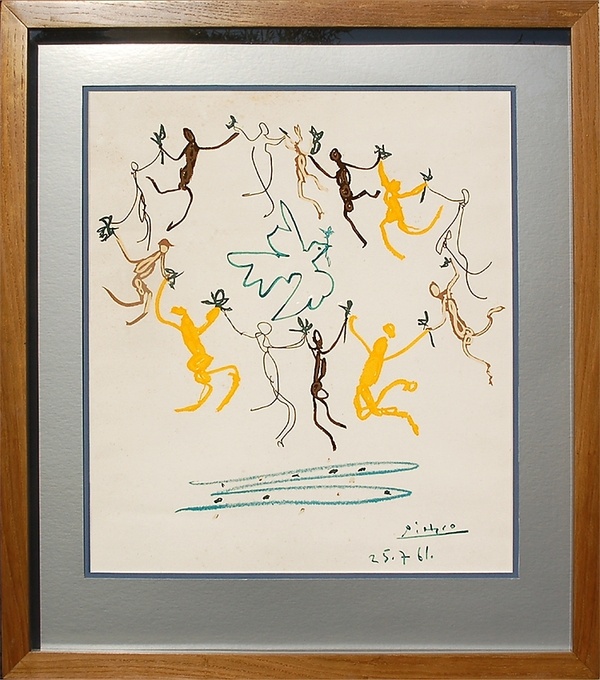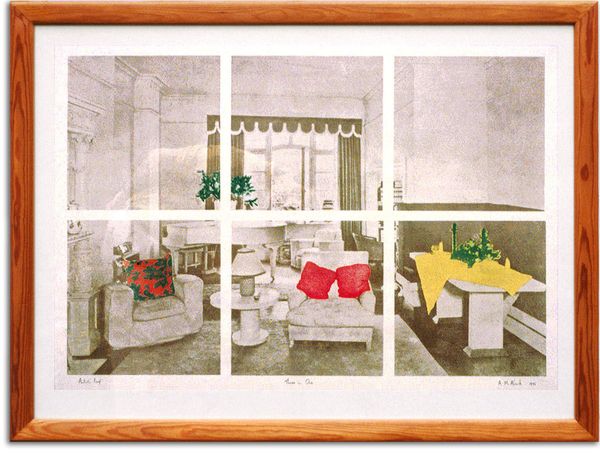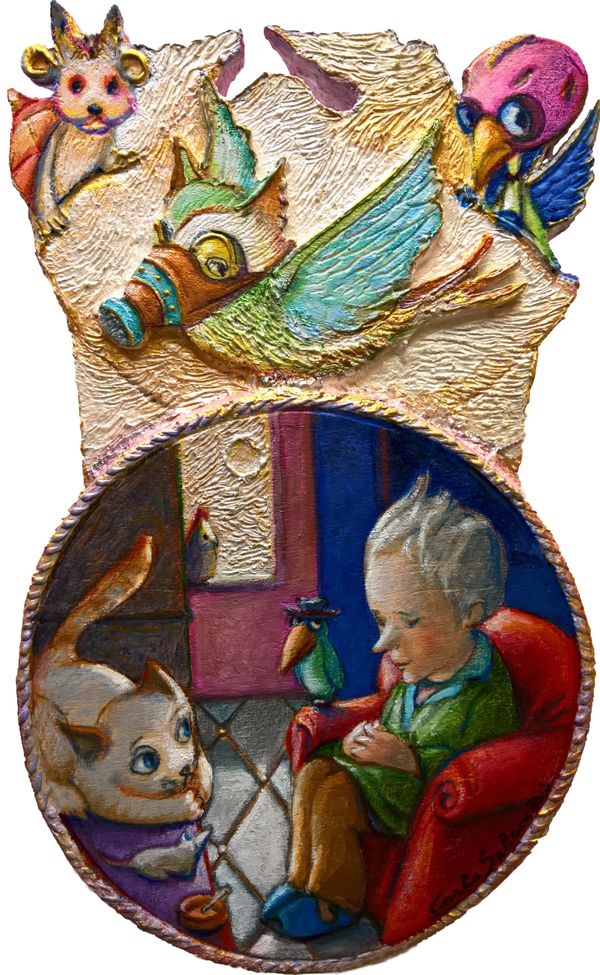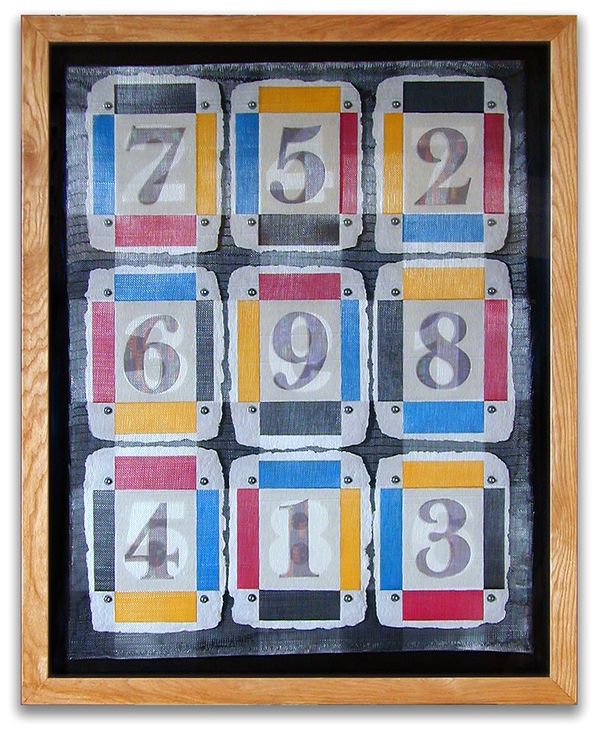
Reduction of Numbers, Take Away 9, 1994
Tony Alcock
Mixed media
Original Sculpture, 83.3 x 110.5 x 6 cm
Unique Edition, 1 of 1
 Offered by
Offered by AMA Artworks
Return Policy
7 day, no risk, money back guarantee
Return Policy Terms
All return shipping costs are borne by the buyer. These would include any customs fees, brokerage fees, duties, taxes, etc. These are buyer's responsibility for transit BOTH ways. Concerning a returns request to be accepted, please note the following : If you are not completely happy with the work, it must be returned within the 7 days from reception, and certainly in the same condition as it was dispatched. Please note artworks for return shipment must be carefully prepared and packed in their original packaging in order to qualify for a refund. It is therefore important that you take care when unpacking the artwork on reception. After receiving the returned artwork safely, a refund for the price paid for the artwork will be promptly and willingly provided.
About Tony Alcock
I was born in Nottingham (UK) in June 1947. My post school art education included a Pre-Dip at Loughborough followed by studying Fine Art / Painting at Leicester Polytechnic. After graduating and producing my 'Light Organ', I enjoyed a couple of years being recognized as an original and practicing artist in the UK. However, I chose to pursue life as a teacher, gaining a PGCE from Bristol University, where I later briefly lectured in Art education.
Circumstances changed and I found myself working as a musician, became a music shop owner and eventually worked in a successful graphics based company, MOGO UK. From 1993, I was able to reactivate my artistic ambitions, identifying myself as AMA, I've always liked the symmetry of my initials. Most all the work on this Artlimes website will have been produced after 1993.
I hope you enjoy and get into the work you see, it can then speak for itself.
By the way, whatever you think about the art, I'm very good at wrapping up, packaging and dispatching the finished article!About the Product
In the beginning there were figures and figures, almost fifteen years of them, fifteen years of bank statements; to say nothing of the ancillary documents that accompany a commercial business. After a time these had no real value, especially when the business was no more. It could have been very easy to discard them but not when there is a strong emotional attachment to them. Not an attachment to the figures as such, but the to business they represented, not even to the business itself, but the fact it was a means of staying alive, a way of life, a self-defining quality of life.
It must be understood that in 1993, when I was searching for a way back into art activity, anything that mattered to me was valid as a starting point. As is seen in the first work of this period, 'Number 5 Surrounded by his Associates', I chose counting numbers as a starting point. At Loughborough College of Art, I pulped effectively all the documents I'd accrued during these fifteen years and produced a number of thick, handmade paper tablets. Nine of these were embossed with a numeral in a large 'Baskerville' typeface, thus rendering each tablet its singular identity, despite containing the same source material. The result is rather like filing a jumble of information in nine separate containers and then labelling them randomly, only in this case the particular information will never be reassembled, only its having existed at all is of value. It would have been a waste of resources not to have materialised this fifteen year experience one way or another. Whatever work processes the tablets went through, during the eight years of their subsequent development, is made evident in the appearance of the work. It is the relationship between the content and the discontinuity of its surface that creates its 'raison d'être'.
Once again, the nine-square format is in use, both in the appearance of each tablet as well as that of the overall composition. The number '9' having no value in the process of reducing a string of numbers to to a single unit is reason enough for the figure '9' to hold the centre of the composition. Another numeral shares the same space with the number to which it is added to make the value 'nine' and thus reduce itself to no value, in much the same way as those figures embedded in the paper tablets are reduced to no value. It is this interaction between figurative content and substance that gives the piece its title.

